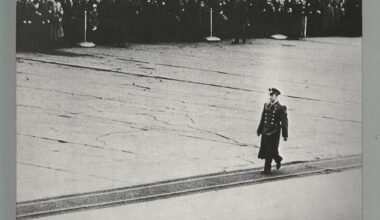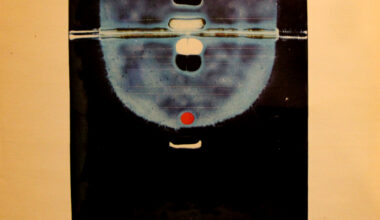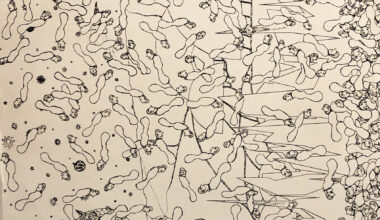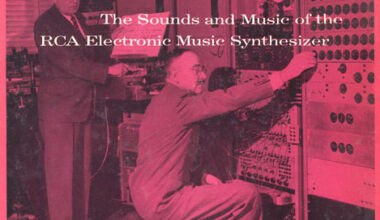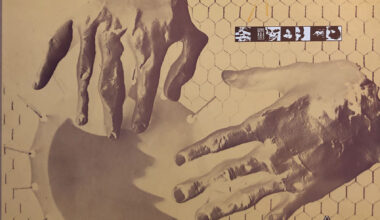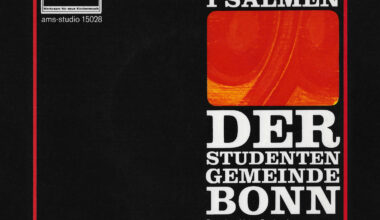Our esteemed colleague takes us deeper into the maze of experimental electronic music with a handful of visual artists, painters and the like, who tried their hand at experimental music… Meet Eberhard Doser, Karel Appel, Günter Maas and Jean Dubuffet
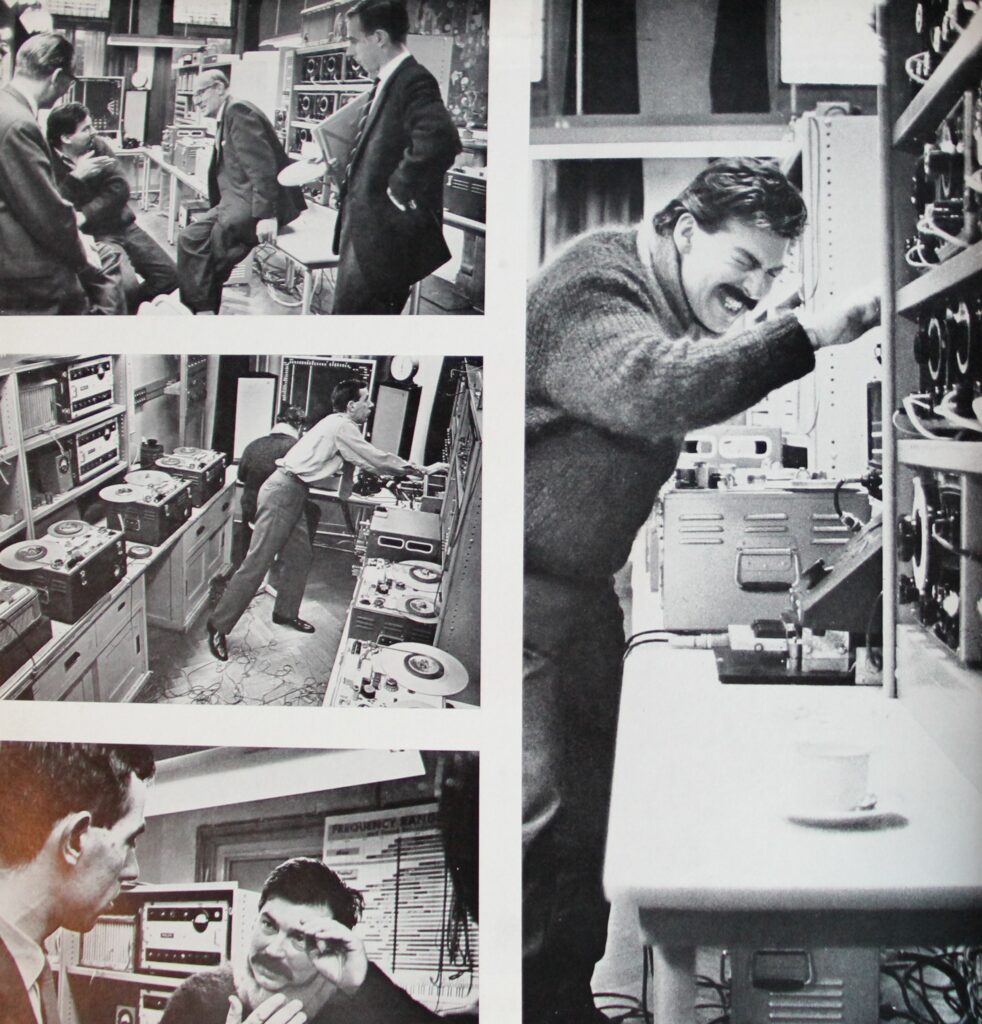
I can’t find anything online to prove that this record, ‘Elekt-Musik – Farbton-Werk’ by Eberhard Doser actually exists. I found one reference to him working in the Cologne studio in the late 1950s. I’m not sure if this record was something given out at performances or at an exhibition, or whether it’s a promo… or whether it was even ever released. There’s no date on it, just a hand-written cover. I picked it up in a record shop in Germany when I was on tour back in the 1990s. It had “Electronic Music” written on it, so I bought it. Most of the music is electronic, but there’s one piano piece on it. The title, ‘Farbton-Werk’, is a colour scheme idea from his painting that he was applying to music. The music is amazing, right up there with the best of electronic music of this type. But this is probably the rarest record I have.
Meanwhile, in Holland, Karel Appel was an artist who was in the same mould as Jackson Pollock, with lots of movement and action in the way he painted. He made this album in a really good studio where [jazz/electronic music pioneer] Tom Dissevelt was working in the 1960s. The cover is really nice, great graphics and a big foldout insert with lots of pictures of him in the studio with loads of tape decks. There’s one of him covered in tape, and another of him holding a tube of paint between his legs. He was quite a crazy character.
Günter Maas was a German artist and he worked with a system in the Siemens studio in Munich. The Siemens Synthesizer was built in 1959 and used punch cards to control it, but it also had a tone generator based on photo-electric principles, similar to the ANS Synthesiser, which was a Russian machine that used glass plates painted black, onto which you could draw shapes, or squiggles or waveforms, and the photo sensitive system would translate those into audio. Daphne Oram’s Oramics system was based on a similar idea, but she used film strips. The Siemens machine’s system was called Bildabtaster and enabled people to create sounds from photographic slides, so Günter Maas could use his paintings to make sound. Günter Maas made two records. The one I have is ‘Klangbilder’ (‘Sound Pictures’), I’m still looking for the other one.
And finally, there’s Jean DuBuffet. He was a French painter and he started experimenting with music in 1960. This album, ‘Musical Experiences’, uses tape techniques to mess with the sounds made by traditional orchestral instruments, as well as a hurdy and an old flute.
It’s all really interesting, because these guys can’t play anything, they’re making noises with squiggles and using tape, the machines are making the sound, but it’s the creative ideas and the intent behind the sound that is created which gets the results.
